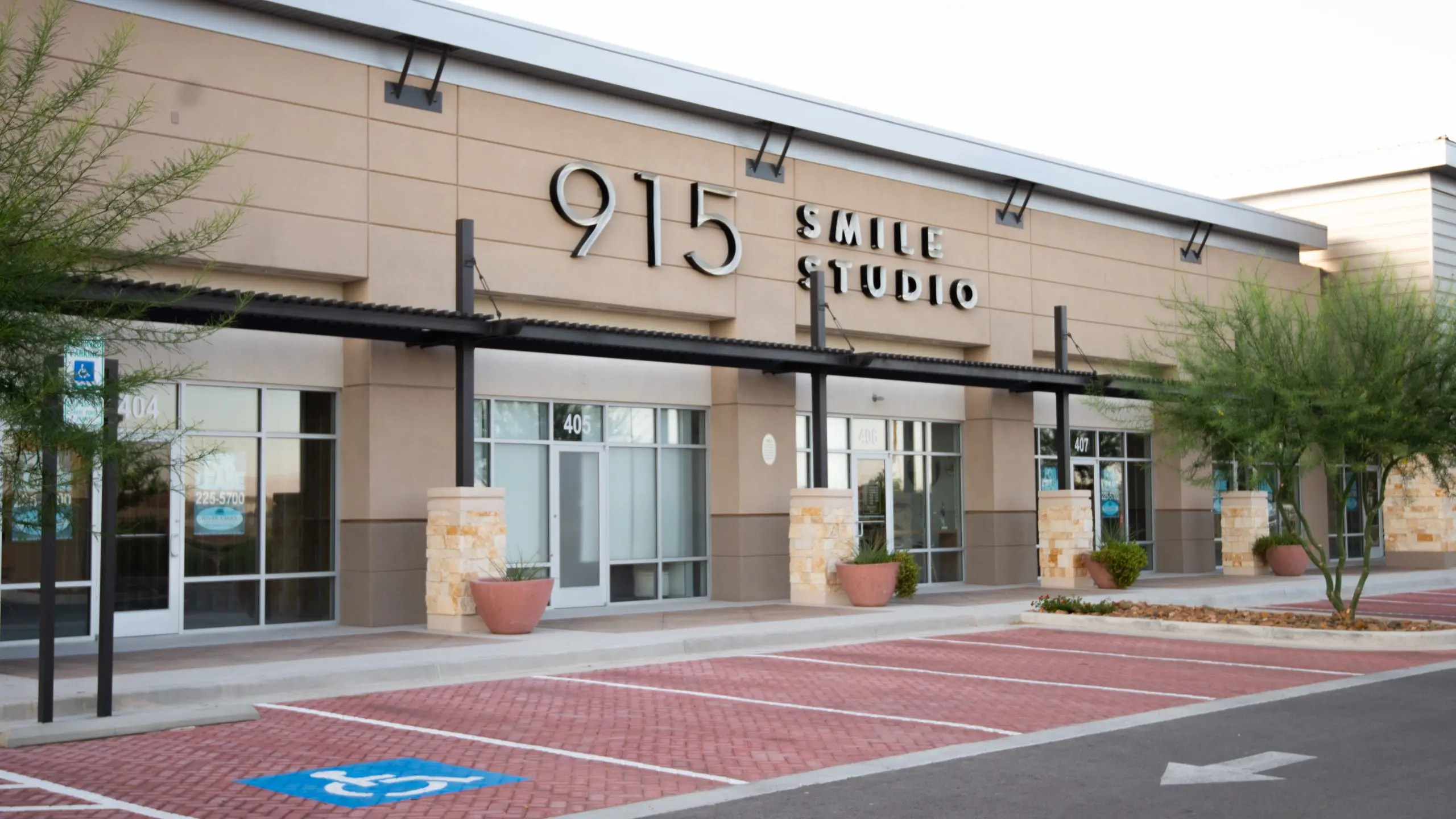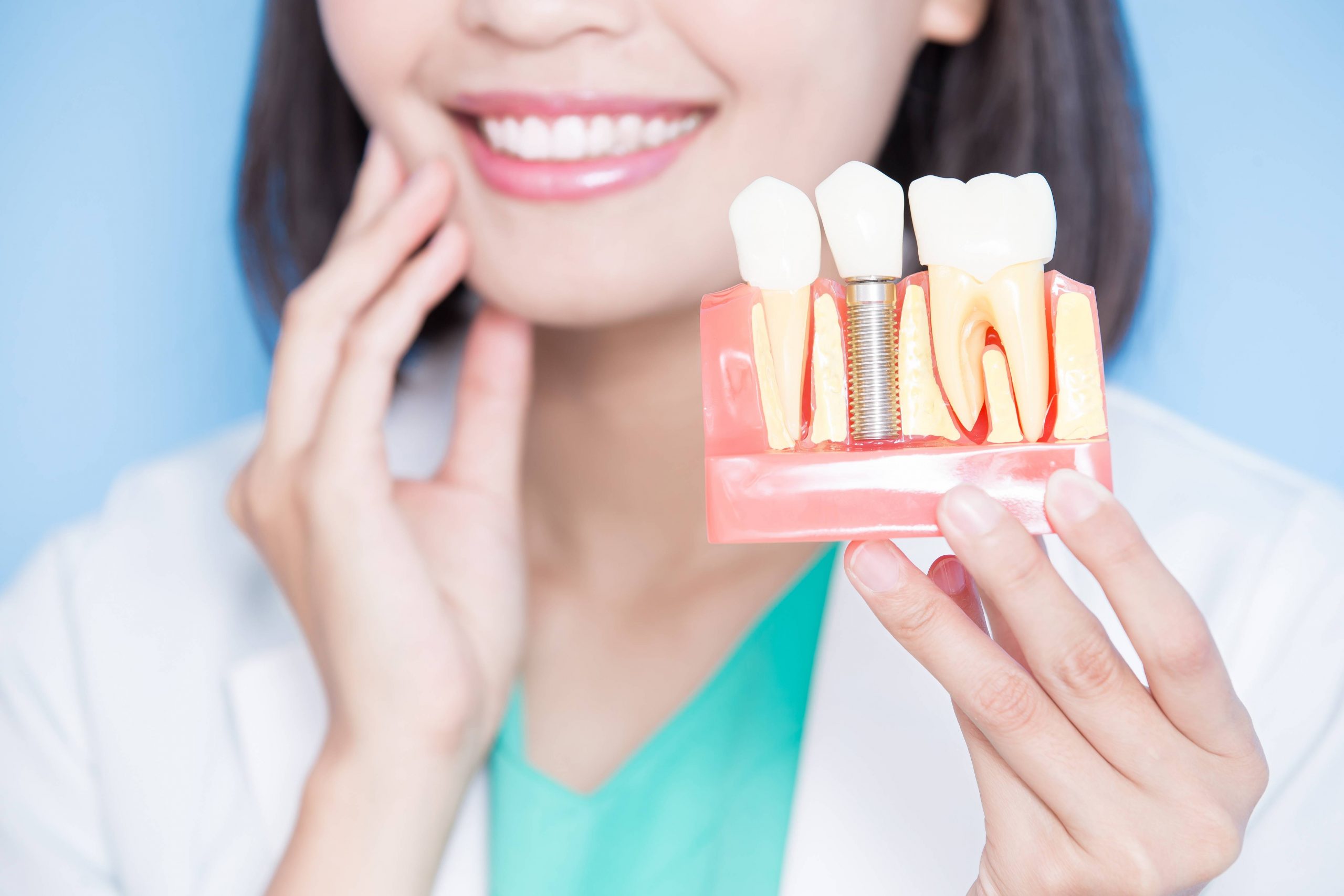Walking down the dental care aisle can feel overwhelming. You’re met with a wall of brightly colored boxes, all promising whiter teeth, fresher breath, and healthier gums. From charcoal-infused everything to tongue scrapers and water flossers, how do you know what your family actually needs and what’s just clever marketing?
As your friendly family dentist in El Paso, we want to help you cut through the noise. At 915 Smile Studio, our goal is to empower you with the knowledge to make smart, simple choices for your family’s oral health. Let’s break down the must-haves, the nice-to-haves, and the products you can probably skip.
The Absolute Essentials: Your Oral Health Foundation
These are the non-negotiables. No matter your age or dental history, these items are the foundation of a solid at-home care routine.
A Soft-Bristle Toothbrush
This is your most important tool. You might see options for medium or hard bristles, but for the vast majority of people, a soft-bristle brush is the safest and most effective choice. Hard bristles can be too abrasive, potentially damaging your enamel and irritating your gums over time.
Whether you choose a manual or electric toothbrush is a matter of personal preference. According to our family dentist in El Paso, the key is to brush for a full two minutes, twice a day.
- Electric toothbrushes can be more effective at removing plaque for some people, especially those with dexterity issues
- Manual brushes used with proper technique work perfectly well if you don’t have the budget for an electric one.
Fluoride Toothpaste
Fluoride is a naturally occurring mineral that is scientifically proven to strengthen tooth enamel and prevent cavities. It’s the single most important active ingredient in your toothpaste. Look for a brand with the American Dental Association (ADA) Seal of Acceptance. This seal means the product has been tested and proven to be safe and effective.
While trendy ingredients like charcoal or other “natural” whiteners get a lot of attention, they often lack the scientific backing of fluoride and can even be abrasive. Stick with what works: good old-fashioned fluoride.
Dental Floss
Plaque loves to hide between your teeth, where your toothbrush bristles can’t reach. Flossing once a day is essential for removing this hidden plaque and preventing cavities and gum disease.
Standard string floss, floss picks, or dental tape all work well. Our family dentist in El Paso firmly believes that the best type of floss is the one you will use consistently. Find a product that feels comfortable for you and make it a daily habit.
The Helpful Additions: Nice-to-Have Products
These products aren’t strictly necessary for everyone, but they can offer significant benefits and enhance your oral hygiene routine. 915 Smile Studio’s experienced El Paso family dentist can help you decide if these are right for you.
Therapeutic Mouthwash
Not all mouthwashes are created equal. Cosmetic rinses simply mask bad breath for a short time. Therapeutic mouthwashes, on the other hand, contain active ingredients that can help reduce plaque, fight gingivitis, prevent cavities, or control bad breath at its source.
Look for mouthwashes containing fluoride or cetylpyridinium chloride (CPC). If you struggle with dry mouth or gum inflammation, a specialized rinse can be a great addition to your routine. We can recommend a product suited to your specific needs during your next cleaning and exam.
Water Flossers
A water flosser (or oral irrigator) shoots a thin stream of water to flush out food particles and plaque from between teeth and along the gum line. It’s an excellent tool for people with braces, tooth bridges, or dental implants, as it can clean around hardware more easily than string floss.
Tongue Scrapers
Your tongue is covered in tiny bumps that can trap bacteria, leading to bad breath. While you can brush your tongue with your toothbrush, some people find a dedicated tongue scraper to be more effective and comfortable. Using one daily can contribute to fresher breath and a cleaner-feeling mouth.
The Hype: Products You Can Probably Skip
Some products make big promises but deliver little real benefit. Before you spend your money, our El Paso family dentist wants you to be skeptical of the following.
Charcoal Toothpaste
This trend claims to whiten teeth naturally. However, there is no scientific evidence to support this. In fact, its abrasive texture can wear down enamel, making teeth appear more yellow over time. It also doesn’t typically contain fluoride, leaving you vulnerable to cavities.
DIY Whitening Kits with UV Lights
Many over-the-counter whitening kits now come with a blue LED light, claiming to accelerate the whitening process. Most dental professionals agree that these lights do very little. The whitening gel is what does the work, and the light is often just a marketing gimmick.
Herbal or “Natural” Tooth Powders
While the idea of using all-natural ingredients is appealing, many of these powders lack fluoride, the most critical ingredient for cavity prevention. They may also contain abrasive substances that can harm your teeth.
Take the Guesswork Out of Family Dental Care
Navigating dental care products is easier when you have a trusted partner. The best way to know exactly what your family needs is to maintain regular exams at 915 Smile Studio. We can assess your unique oral health situation and provide personalized recommendations that fit your lifestyle and budget. Book that appointment with our go-to El Paso family dentist today!







